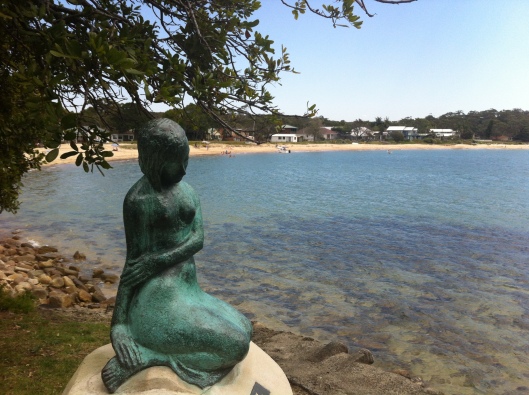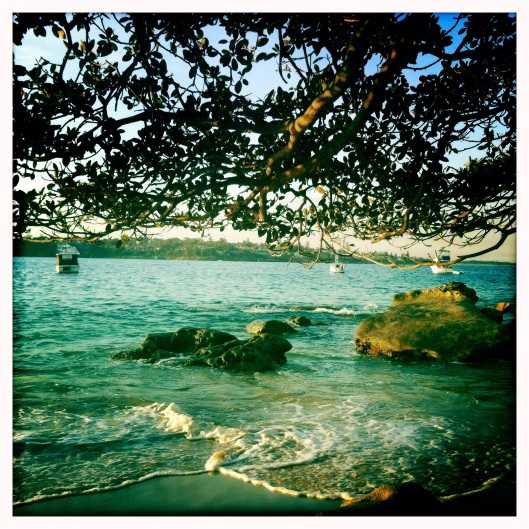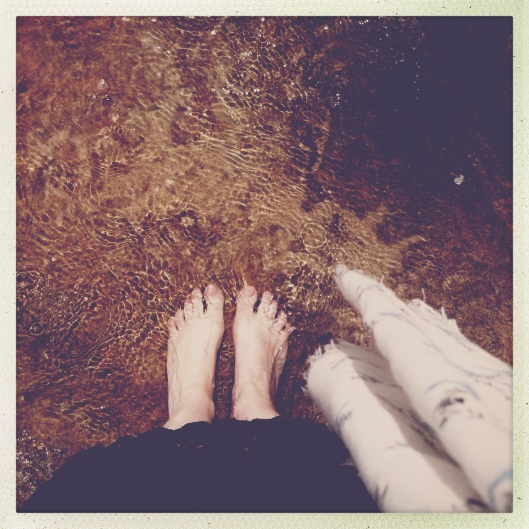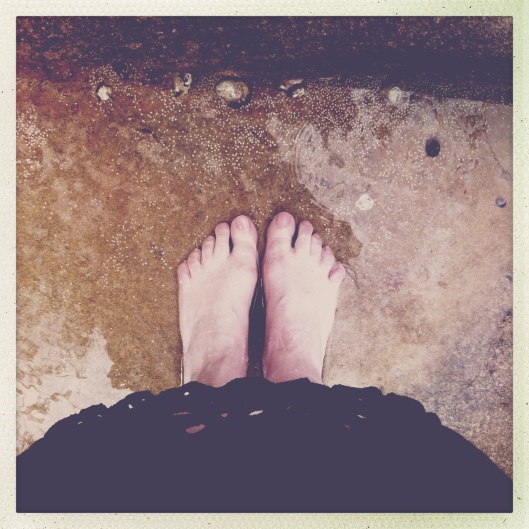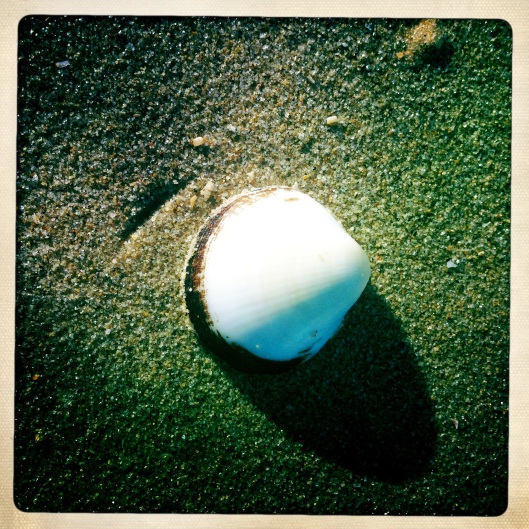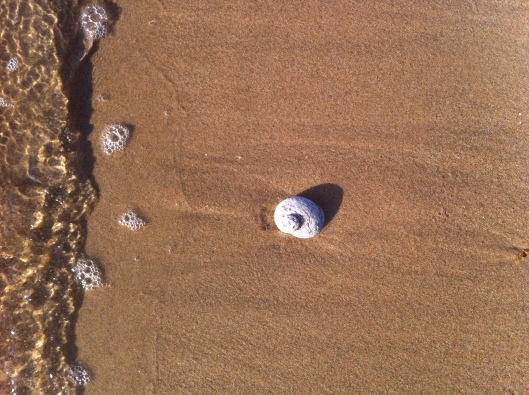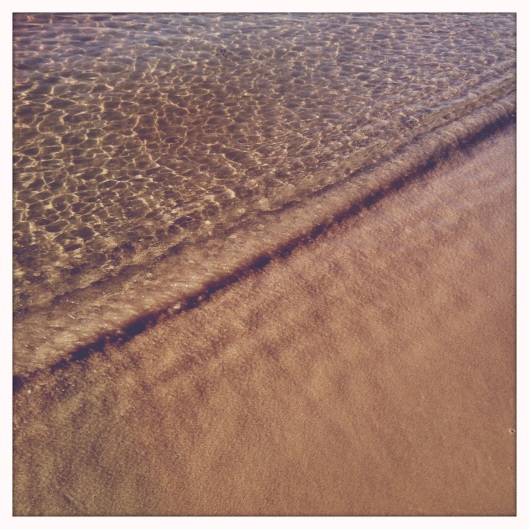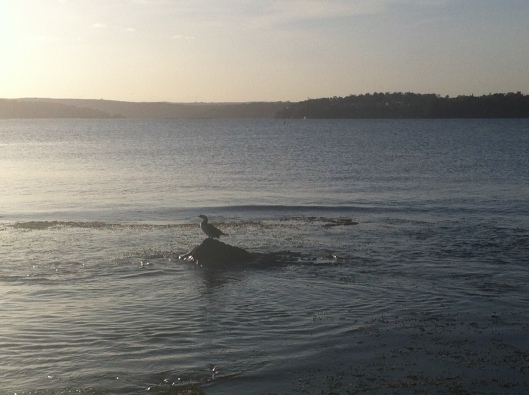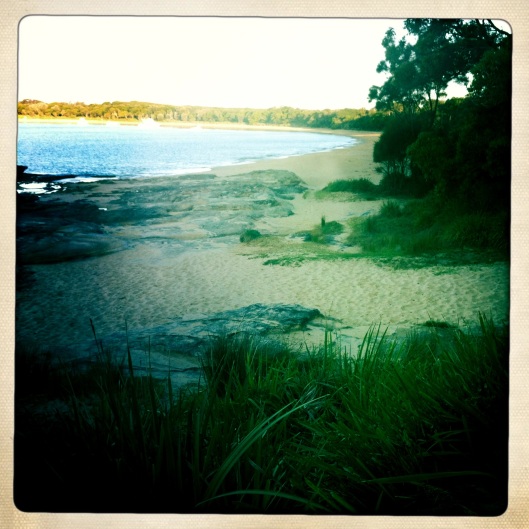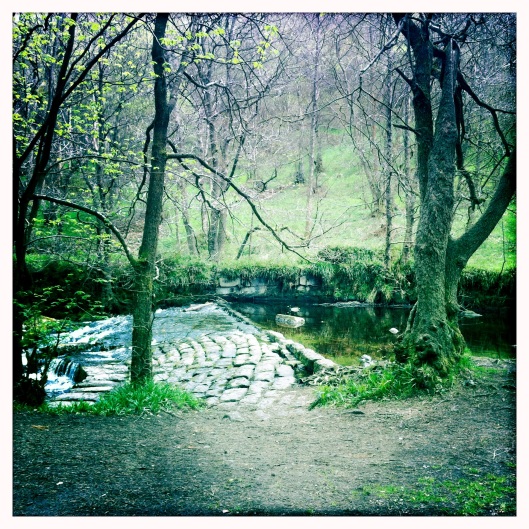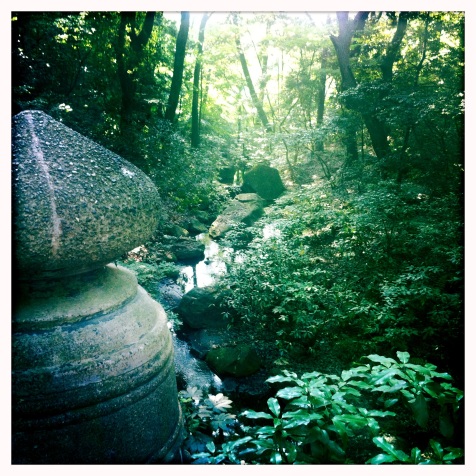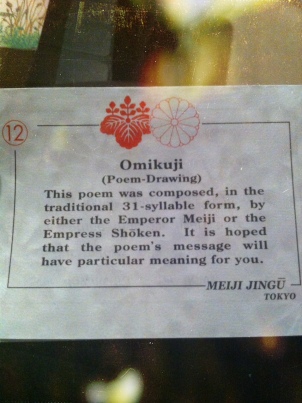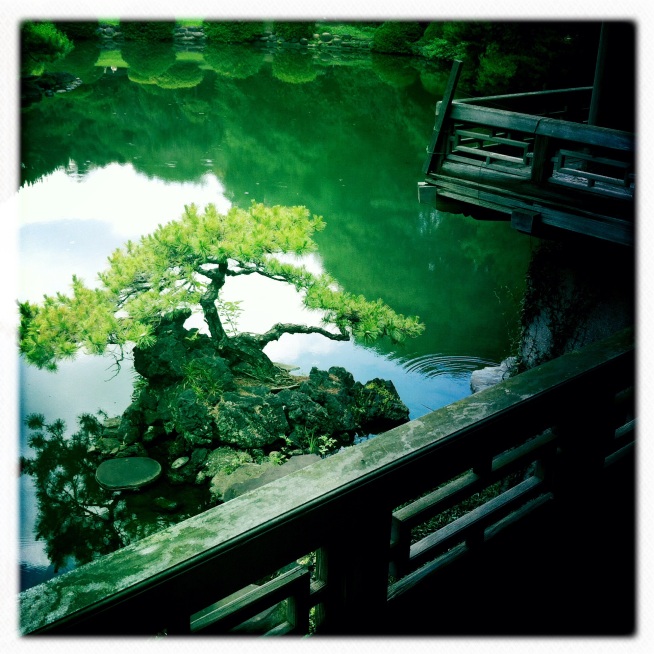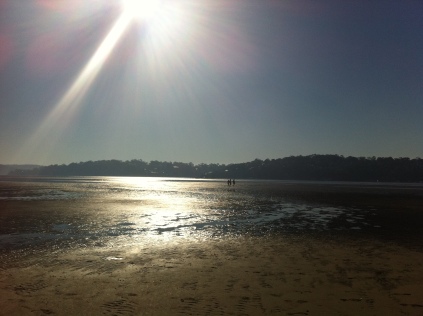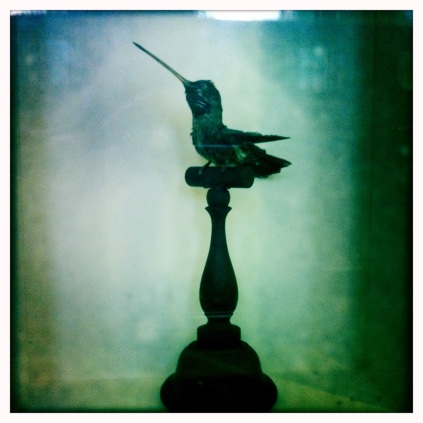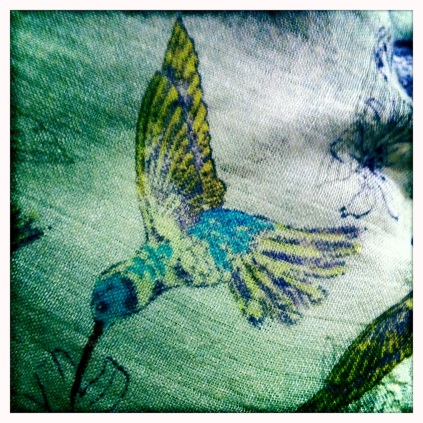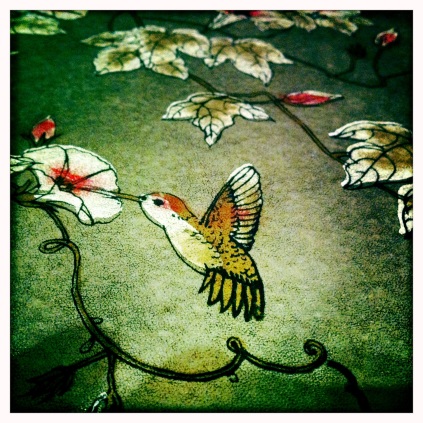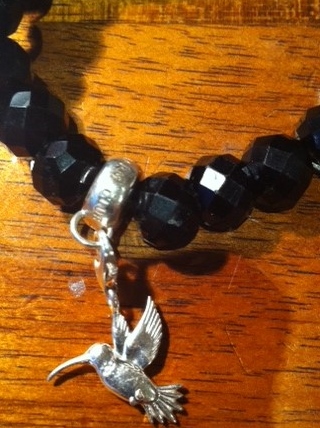It’s International Women’s Day and I’m sitting here on a sunny Sydney Sunday listening to women’s music on the radio – flipping between Double J and Triple J – and thinking about reading Australian women writers.
It’s my fourth year of participating in the Australian Women Writers’ Challenge and I thought I’d take a few minutes on this IWD to reflect on my experience of reading Australian Women Writers via the challenge.
The challenge is about enjoying, supporting, sharing and promoting Australian women’s writing. If you want to know about the challenge, you can read more about it here: Background to the Challenge. And you can sign up for 2015 here: Sign up to the Challenge.

Started by Elizabeth Lhuede in response to gender imbalance in books reviewed, in reading preferences and choices and in award representation, the challenge has created a groundswell of readers, reviewers, bloggers and tweeters making a conscious choice to read, review, communicate about and celebrate books written by Australian women.
Now in its fourth year, the challenge has resulted in thousands of Australian women writers’ books being read and reviewed and national and international recognition of its quiet achievements.
As the Australian Women Writers’ Challenge blog states:
The Australian Women Writers’ Challenge is part of a world-wide movement to raise awareness of excellent writing by women. It helps readers to challenge the subconscious stereotypes that govern our choice of books to read.
I’ve signed up again in 2015 because it’s now an integral part of my reading choices and I continue to be inspired and excited by Australian women’s writing. I’ve enjoyed diverse reads over 2012 to 2014. There are so many Australian women writers’ works I simply would not have noticed or enjoyed if not for the challenge.
The challenge has made me seek out new Australian women writers, revisit writers I’ve enjoyed and kept my antenna up about their successes, awards and commendations within the circle of women’s writing and beyond.
It’s kept my writing heart alive and is an inspiration as I read; a message that I am also able to write and create, express my stories and find space for my narratives in whatever form. As my heritage, it’s where I can find linkage, possibilities and a springboard for creating. I’ve written about that here and here adding my voice to the space.
In terms of participation, my reading lists are not enormous – around 6 to 7 books a year, but they are steady and growing. I’ve struggled to write the reviews as I would like, but I’ve engaged with the reading and with the AWW community via social media. I’ve contributed that way and made some great online connections with Australian women writers and their readers that have enriched my reading life and beyond.
You can participate to whatever level you can manage and the pleasures and learning are immense for that investment, raising awareness of reading choices and celebrating narratives and works by Australian women and inspiring women to find their voices through reading the voices of others.
It’s no light-weight endeavour. These are to me the voices of creative possibilities and I treasure them.
Here’s my reading list so far:
2012:
Searching for the Secret River: A Writing Memoir – Kate Grenville
Sarah Thornhill – Kate Grenville
When We Have Wings – Claire Corbett
The Light Between Oceans – M L Stedman
Poet’s Cottage – Josephine Pennicott
The Engagement – Chloe Hooper
Disquiet – Julia Leigh
2013:
Fishing for Tigers – Emily Maguire
Sea Hearts – Margo Lanagan
Sydney – Delia Falconer
The Secret Keeper – Kate Morton
The Scrivener’s Tale – Fiona McIntosh
The Longing – Candice Bruce
2014:
Questions of Travel – Michelle de Kretser
Burial Rites – Hannah Kent
Mateship with Birds – Carrie Tiffany
Currawong Manor – Josephine Pennicott
The Fictional Woman – Tara Moss
Claustrophobia – Tracy Ryan
All the Birds, Singing – Evie Wyld
Many of these books were picked up because I was looking for Australian women writers’ books in libraries, shops and online. I possibly would not have read ‘Light Between Oceans’, ‘Poet’s Cottage’, ‘The Longing’ or ‘Claustrophobia’ if not for the challenge and these have become some of my favourite reading experiences of the challenge so far.
I have deliberately read across genres and so if not for the challenge, may not have enjoyed the beautifully science fiction inspired, ‘When We Have Wings’, the Celtic fantasy world of ‘Sea Hearts’ or the weaving medieval narrative of ‘The Scrivener’s Tale’.
I’ve been more aware and more excited when Australian women writers have been nominated, short-listed and won awards for their books and I’ve sought out the books to see why they were celebrated in their achievements, especially ‘Questions of Travel’, ‘Burial Rites’, ‘Mateship with Birds’ and ‘All the Birds, Singing’.
In 2015, I’ve already read the exquisitely tender ‘The Golden Age’ by Joan London and have Annabel Crabb’s ‘The Wife Drought’ lined up to read. I’m keen to read Clare Wright’s ‘The Forgotten Rebels of Eureka’ and also read some writers I haven’t read like Sonya Hartnett, Geraldine Brooks and Liane Moriarty.
It’s been a rich journey and I encourage you on this International Women’s Day to seek out the voices of women writers that excite and sustain you wherever they may be.



